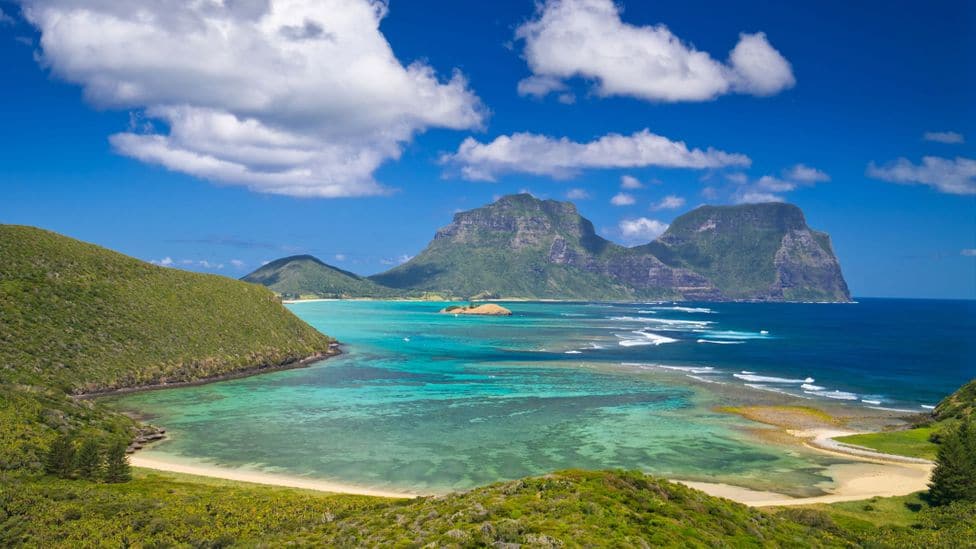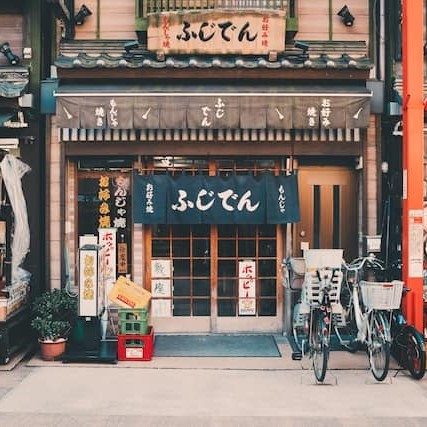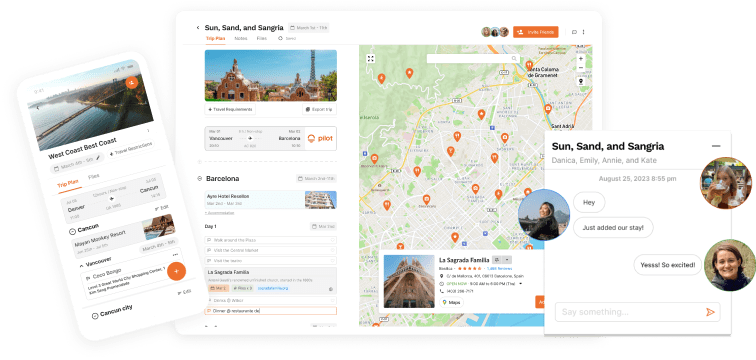Table of Contents
Australia is renowned for its unique biodiversity in the aquatic world. It has always been a prominent spot among scuba divers, with bizarre creatures like the Blue-Ringed Octopus and rare adorable creatures like Humpback Whales swimming in the waters.
If you’re planning to experience this activity in the country, what do you need to know? What should you pack and where should you go? Oh and what season is the best for scuba diving in Australia?!
Let me answer all your questions while you start packing because it’s time to dive into the depths!
What Is Scuba Diving?
I’m sure you‘ve seen cinematic videos of people with huge masks in swim gear with oxygen tanks exploring crystal clear sea.
Well, that’s exactly what scuba diving is!
You use a scuba mask with an oxygen tank to plunge into depths as low as 130 ft! You get to swim around freely, checking out all the beautiful marine life and underwater environments like reefs, shipwrecks, and caves.
Are You Eligible for Scuba Diving in Australia?
Before anything else, you should know how to swim and keep yourself steady and swim independently in the waves.
Australia’s also strict regarding certifications, so you’ll need to have a certification from a reputable agency such as PADI or SSI. This rule applies to every Australian scuba diving tour, even guided ones.
When it comes to your health, you must be fit to dive with no complications. Any recent surgeries or conditions can disqualify you from the sport. Lastly, the minimum age limit is 12, and with some companies, the limit goes to 14-16 years old.

What’s The Average Cost Of Scuba Diving in Australia?
The cheapest options are ‘Discover Diving’ and ‘Guided Diving,’ which can cost between $50 to $250 per session.
To gain certification in Australia, the whole course including equipment, training equipment, and other fees costs between $300 to $550.
The most expensive option is ‘Liveaboard Diving,’ which can cost anywhere between $650 to a whopping $3500!
What Season Is the Best for Scuba Diving?
There’s no one season that I can say is ideal for all sites, as each one of them has different peak months and weather. But, here’s a general list of seasons perfect for the most popular regions.
- June to August – Great Barrier Reef
- September to April – Western Australia
- December to May – Tasmanian
- May to November – New South Wales
- April to September – Northern Australia
- November to May – South Australia
- March to June – Ningaloo Reef
- May to November – Sydney
Packing Checklist for Scuba Divers
For a safe swim, it’s essential to have the proper gear. So what items do you need to have on hand? Here’s a quick checklist to help you plan your trips better:
- Wetsuit
- Fins
- Scuba diving mask
- Tank with compressed air
- snorkel
- Regulator
- Dive computer
- A buoyancy control device B.C.C.D
- Dive light for less illuminated areas
- Underwater camera
- First aid kit
Pro Tip – buy yourself a waterproof phone case to stay safe at the beach!

Safety Tips for Scuba Divers in Australia
Scuba diving in Australia is thrilling and enjoyable, but it’s dangerous too. But, you can make sure the risky adventure turns out safe by following the rules diligently.
Here are a few ways to ensure a safe return from your dive in The Land Down Under–
- Ensure you're in top physical condition, and I mean it. Don’t go diving if you’ve a fever, blocked nose, and such.
- Don’t dive alone and stick to your guide.
- Check your gear’s functionality before diving in.
- Keep an eye on your oxygen levels.
- Talk with your guide beforehand about any harmful or toxic marine life
- Aavoid touching marine life no matter how enticing they may seem.
- Make a plan for your dive, such as rate of descent, depth, and perimeters.
- DON’T enter caves if you’re a beginner.
Top 6 Scuba Diving Spots in Australia
Australia has a lot to offer when it comes to scuba diving spots. Let’s talk about some of them!
The SS Yongala Wreck
SS Yolanga was a cargo ship that tragically sank in 1911 on the coast of Queensland.
Today, divers from all over the world can explore this piece of history. Home to a variety of sea life, like giant groupers, sea turtles, olive sea snakes, and eagle rays, this spot makes for an enticing, educational, and adrenaline-pumping scuba diving experience.

The Osprey Reef
Often duped as one of the prime diving sites in Australia, it’s well-known for its aquatic life. If you're looking to make friends with a shark, this is an excellent destination for you!
Many spots here, especially North Horn, have all types of reef sharks, such as Hammerheads, Tiger Sharks, Whitetips, and Silvertips. Several pelagic species also reside here.
But that’s not all… you can also witness other intelligent yet rare creatures, dolphins and even whales!
Montague Island
It’s a haven for both beginners and experts due to its myriad spots with distinct marine life. The grey nurse sharks are the main characters on the nearby Broughton Island, a marine park.
The Trench is the paradisiacal spot to catch a wild octopus or skid in their natural habitat. If you’re lucky, you can even interact with the brilliant creature!
Have the time of your life on Montague Island with the wild sea beasts!
Lord Howe Island
With more than 60 unique sites, there’s something for everyone at Lord Howe Island. With its towering sea stack, the pyramid’s ball is the most famous site on the island.
As a result, multiple species reside here. Expect to spot dolphins, rays, and colorful schools of fish. This island truly makes you marvel at the beauty of nature and fall in love all over again!

Rottnest Island
This is a superb site for scuba diving in Western Australia! Rottnest has been a popular trail for ships for over a century, so stumbling on shipwrecks and rich history is inevitable.
Many marine species have also taken over these wrecks, and they’re a treat to explore.
Coral reefs of unique colors can be found throughout the island, populated by extraordinary turtles and more.
While you’re there, also keep an eye out for ever-smiling quokkas only native to West Australia!
Fish Rock Cave
As the name suggests, it’s a series of underwater caves of more than 330 ft! Located in South West Rocks, New South Wales, these unwinding caverns house a diverse ecosystem.
Expect to catch glimpses, maybe even interact with the morbidly interesting cuttlefishes in the pristine water of Fish Rock Cave!
Disclaimer – This site is only for experts due to the nature of caves. Under no circumstances should beginners attempt scuba diving here.

Explore The Depths With Pilot!
Now that you know Australia’s insanely amazing scuba diving scene, you can start to craft your ideal travel experience for you, your family, and your friends.











![Paris Neighborhoods Guide [2024]: Areas to Visit & Avoid!](https://assets-global.website-files.com/63d1baf79ce0eb802868785b/65b947376eff1a3e72606d03_Paris%20Neighborhoods%20Guide.jpg)
![Camping in Australia [2024]: Campsites, Checklist & More](https://assets-global.website-files.com/63d1baf79ce0eb802868785b/642241230d8121c93b11412f_campsites-in-australia.jpg)
![Snorkeling in Costa Rica [2024]: 4 Best Spots + Pro Advice!](https://assets-global.website-files.com/63d1baf79ce0eb802868785b/64077e40cd0f1842316ce438_scuba_diving_costa_rica.jpg)
